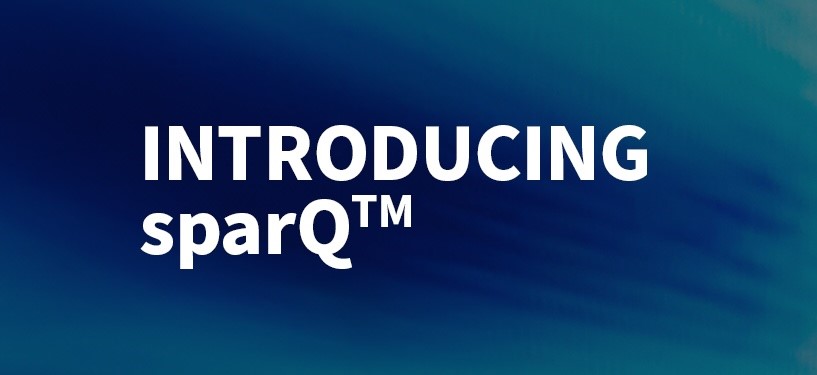Managing underperforming employees is a challenge for any manager or leader. But when your organization has moved to a hybrid or remote working model, as is the case for 45% of the US workforce in 2021, managing the performance of underperforming employees looks a bit different. With these tips for HR to share with teams, that difference doesn’t need to be intimidating.
Set Clear Expectations
When managing struggling employees in any kind of workplace, setting clear expectations for performance is essential. But when employees are working part or full-time from home, it’s even more important to ensure your statements haven’t been ambiguous.
And setting clear expectations in remote or hybrid workplaces also includes decoupling physical presence from results. It’s more difficult to monitor activity when employees aren’t in the office most of the time, so instead look for ways to measure results and output.
Communicating these expectations regularly to underperformers, and telling them how they measure up, will help managers and employees get on the same page. In fact, focusing on communication and setting clear expectations helps everyone build a healthy remote work culture.
Review Existing Policies and Processes
With the rapid shift to remote and hybrid work, your current policies and processes might not match the new reality of work. Are there systems in place that are contributing to underperformance?
For example, your workplace may have had core business hours in place to give additional working flexibility before the pandemic. But as employees are now often balancing childcare and other responsibilities with work, perhaps more flexibility is warranted to allow them to complete work at the times that suit them best.
As long as they’re producing desired results and not hindering team projects, adjusting those core hour policies could help in managing underperforming employees.
Give Specific and Candid Feedback
For both in-office and remote employees who are struggling with their performance, receiving specific, clear feedback is vital. But only 48% of employees report they receive actionable feedback. Clearly, there’s a gap between what managers know they need to deliver and what is actually happening.
Even when managers think they’re delivering candid feedback, it’s often not specific enough. Telling an underperforming employee to “be a better listener,” for instance, is vague. But mentioning the behaviors a manager has noticed, like typing during Zoom meetings or talking over colleagues, and the consequences of those behaviors, tells an employee exactly what needs to change and why it’s an issue.
This kind of clear feedback is even more important for managing underperforming employees who are partly or fully remote because managers have fewer chances to address these behaviors informally as they happen. There’s no chat as you walk to the elevator after a meeting where one of these behaviors occurred, for example.
Check-In Regularly
With hybrid and remote work, there are fewer (or no) opportunities for managers to have unscheduled, informal catch-ups with employees about what’s going on in their work and personal lives. That means managers need to make time purposefully for these catch-ups – they shouldn’t wait for employees to initiate them.
Checking in regularly is key to managing underperforming employees because it allows for a greater trust to build with managers. An underperformer may become defensive when receiving constructive feedback if they feel misunderstood or disconnected from their manager.
Taking time to create a relationship based on understanding and empathy can make employees feel less threatened by, and more open to, that feedback – and that can lead to positive changes in their performance.
Key Takeaways
Managing underperforming employees is a difficult task for employers – but these tips for HR to share with managers of remote or hybrid workers who are struggling should help to lighten the burden a bit.
Looking for more ways to empower your team members and engage your workforce? Cangrade can help.
___
This post was originally published on the Cangrade blog.



